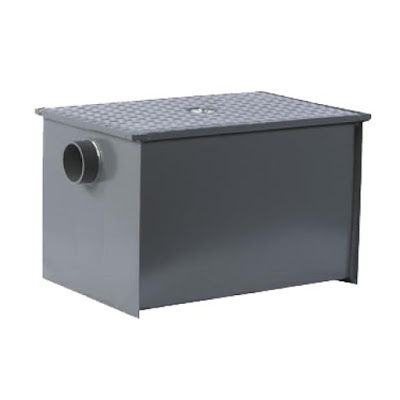REASONS WHY GREASE TRAP CLEANING IS VITAL
Maintaining the FOG in the kitchen is the most challenging task in the commercial kitchen. Many restaurant owners worldwide have grease traps/grease interceptors installed in their kitchens to solve this problem. This grease removal equipment uses cutting-edge technology. It retains FOG from kitchen drains, dishwashers, and sinks, allowing it to flow freely into the sewer system. But, like many other kitchen appliances, the grease trap needs to be maintained regularly to ensure that it continues to function properly. So, here are some compelling reasons to maintain and install a grease trap in the first place.
- Blockage in Drainage System
- Foul Smell
A grease trap accumulates FOG in its tank, which tends to deteriorate and emit a rotting odor over time. Even if the interceptor is underground, the scent could become irritating if not addressed. This could reduce the number of consumers who frequent the restaurant, resulting in a negative impact on the company's reputation.
- Expensive Tank Replacement
Chemical components are present in solid food waste and FOG caught in the grease trap. If the tank is not cleaned, the trapped waste decomposes, generating hydrogen sulphur gas, which then decomposes into sulphuric acid. Sulphuric acid, which is exceedingly poisonous, can corrode the steel and walls of the interceptor, necessitating an expensive replacement.
- Difficult to Clean
- Fines
Almost every municipality in the world has fines associated with the improper handling of FOG in commercial kitchens. Some impose fines if a grease trap is not installed, while others impose penalties if the device is not properly maintained. As a result, you may face a heavy penalty, suspension of operations, or even cancellation of your operating license unless you fix the main issue. Therefore, grease trap maintenance is crucial.
Grease interceptors should be cleaned or emptied at least once every 90 days as a standard procedure. However, it is also dependent on the volume of your grease trap and the number of dishes prepared in your kitchen each day (amount of FOG produced). If the grease trap capacity is small or the quantity of dishes cooked is high, cleaning the grease trap once or twice a month is recommended.
If you find any problem with your grease trap, you should contact Affordable Grease Services, a grease trap cleaning service company, right once for an evaluation and have your grease trap before you end up with a serious mess. Schedule an inspection today by calling 516-624-6767. They provide services like grease trap maintenance, lift station cleaning, etc., across Long Island, NYC, Brooklyn, etc.





Thanks for sharing such informative post. Suburban Plumbing specializes in Waste Oil Collection & removal from restaurants and Grease Trap Cleaning throughout Hampton Roads including Virginia Beach, Norfolk, Hampton, Chesapeake, Newport News...
ReplyDeleteGrease Trap Cleaning